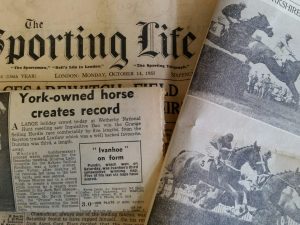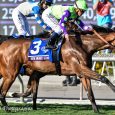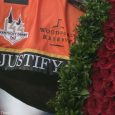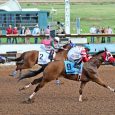By Ray Wallin

The Sporting Life – Photo courtesy of www.wetherbyracing.co.uk
The year is 1898. It is the middle of summer in the south of England, the Summer Bank Holiday which is one of the busiest racing and betting days in England. You’ve perused the paper and made your picks. The only thing left is to ring up your local bookie and place your bets, especially the ones at the new Trodmore Hunt meet, which was to begin on Aug. 1.
All well and good — that is, if the track you are betting actually exists.
As long as there have been sporting events, there have been hoaxes. As long as there have been hoaxes, people have fallen for them. “There is,’’ as P. T. Barnum is often quoted, “a sucker born every minute.”
There was the amazin’ New York Met, Sidd Finch, a made-up April Fool’s phenom who purportedly could throw a 168-mph fastball. Back in 1941, a couple of stockbrokers not only created a college football team (Plainfield Teachers’ College) but an entire non-existent conference full of opponents. Among the stars was the outstanding sophomore running back, Johnny “The Celestial Comet” Chung, who, before things got too crazy, was ruled academically ineligible to continue the season.
Flash back to 43 years earlier, when a certain Mr. G Martin of St. Ives in Cornwall, purportedly the Clerk of the Course for the Trodmore Hunt Club, contacted the leading horse racing newspaper of the time, The Sportsman, with extensive information pertaining to the upcoming August Bank Holiday meeting at the Trodmore Racecourse.
Impressed with the quality of the card, the paper promised to publish the runners, riders and results. Unable to send anyone to cover the races, they agreed to let Mr. Martin telegraph in the results, after having accepted entry information, which had been sent over on what looked to be legitimate letterhead.
With the entries having been printed in the well-known paper, bookies hustled to take bets on the cards. The Sportsman would also publish the results the next day once Mr. Martin sent them in, and another racing paper, The Sporting Life, printed the results after seeing them in The Sportsman.
As no horse won at odds greater than 5-1, suspicions were not initially raised. And, if there had not been a discrepancy between the odds shown on the winner of the fourth race, Reaper, between the Sporting Life, which had Reaper as 5-2, and The Sportsman (which had him listed at 5-1), the hoax might have continued.
The typesetting error led people to start wondering; which odds were correct? Who was Reaper, anyway? Why haven’t we heard of him before? Exactly where was Trodmore, other than somewhere near Cornwall? Both publications, in pursuit of the proper odds, attempted to contact the racecourse, which, of course, did not exist. Police were contacted, and, after an investigation, discovered that Trodmore was nowhere to be found on any map of Cornwall.
At the time, the hoax succeeded because the perpetrators were well-prepared. They had selected a national holiday where most businesses were closed for the day. The correspondence and meet information all looked very official, appearing on the proper letterhead and containing all the necessary detailed information. With all of the other races being run that day, the local papers were unable to send anyone to cover the meet and relied on the gracious Mr. Martin. Given the time of the races that day, bookies didn’t have much time to question anything while hustling to collect all of their wagers. The perpetrators were never nabbed.
Did it stop anyone?
More than a century later, another hoax almost “got away with it.” An Autotote employee, Chris Harn, electronically altered the wagering record of a bet made through the Catskill (New York) Off-Track Betting Corporation (OTB) account wagering system on the 2002 Breeders’ Cup. Harn altered the selections after the first four races of the Ultra Pick Six had been run. Using an advance deposit wagering account set up with Catskill OTB by one of his accomplices, Harn placed wagers using one horse in each of the first four races with all runners in the two final races. After the first four races were complete, Harn corrected his selections based on the race results. Doing this ensured a winning wager regardless of the outcome of the final two races. Had Harn’s betting scheme been successful, it would have netted more than $3 million. Instead, he and his accomplices — who held all six perfect tickets (6-of-6 winners) as well as 108 “consolation” tickets (5-of-6 winners) — were arrested, convicted and imprisoned.
And what does this all mean? Well, perhaps this: As long as there’s a system, people will try to use it to their advantage.




